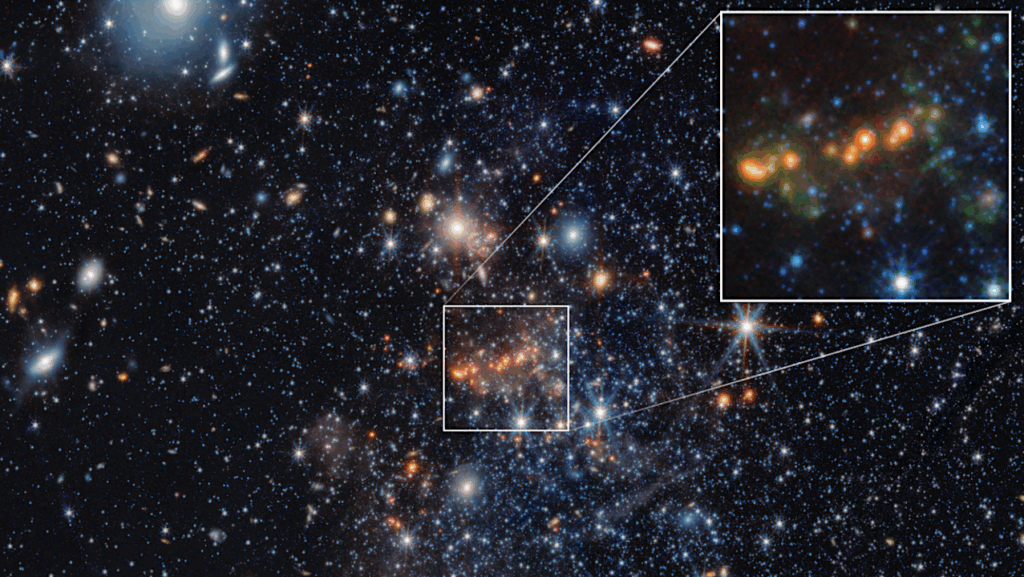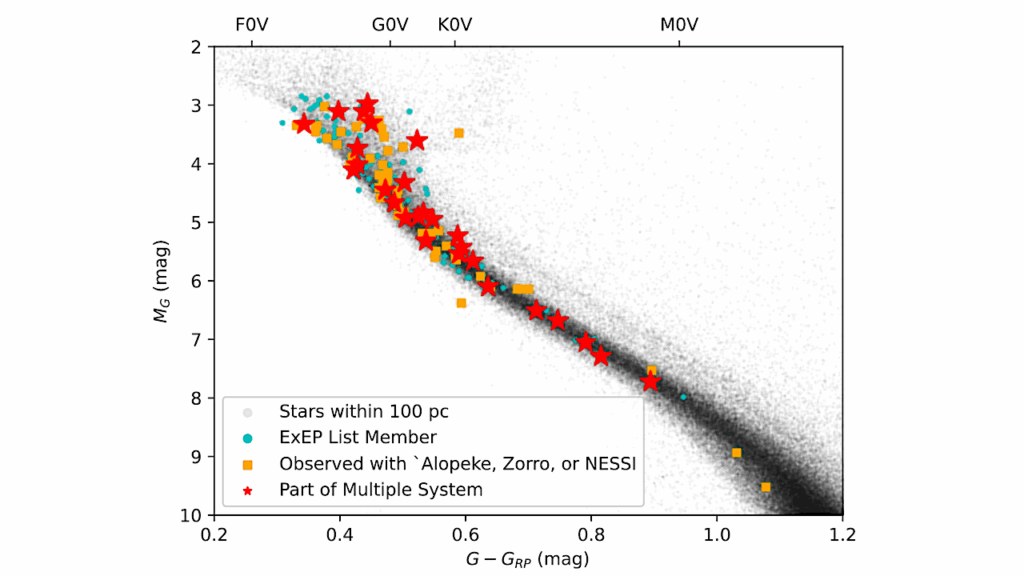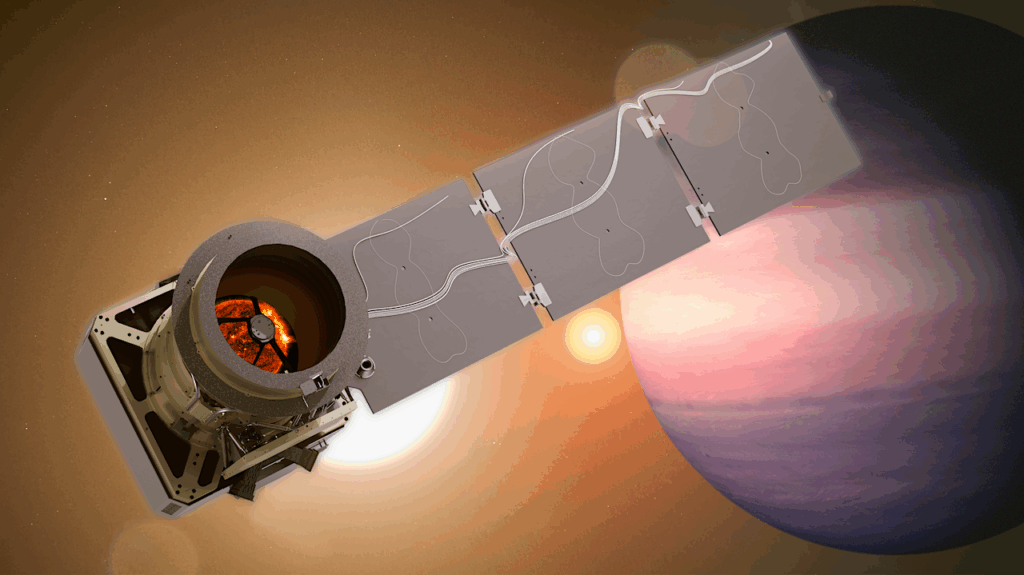The β Pictoris b Hill Sphere Transit Campaign. Paper II: Searching for the Signatures of the β Pictoris Exoplanets Through Time Delay Analysis of the δ Scuti Pulsations

The β Pictoris system is the closest known stellar system with directly detected gas giant planets, an edge-on circumstellar disc, and evidence of falling sublimating bodies and transiting exocomets. The inner planet, β Pictoris c, has also been indirectly detected with radial velocity (RV) measurements. The star is a known δ Scuti pulsator, and the long-term stability of these pulsations opens up the possibility of indirectly detecting the gas giant planets through time delays of the pulsations due to a varying light travel time.
We search for phase shifts in the δ Scuti pulsations consistent with the known planets β Pictoris b and c and carry out an analysis of the stellar pulsations of β Pictoris over a multi-year timescale. We used photometric data collected by the BRITE-Constellation, bRing, ASTEP, and TESS to derive a list of the strongest and most significant δ Scuti pulsations.
We carried out an analysis with the open-source python package maelstrom to study the stability of the pulsation modes of β Pictoris in order to determine the long-term trends in the observed pulsations. We did not detect the expected signal for β Pictoris b or β Pictoris c. The expected time delay is 6 seconds for β Pictoris c and 24 seconds for β Pictoris b. With simulations, we determined that the photometric noise in all the combined data sets cannot reach the sensitivity needed to detect the expected timing drifts.
An analysis of the pulsational modes of β Pictoris using maelstrom showed that the modes themselves drift on the timescale of a year, fundamentally limiting our ability to detect exoplanets around β Pictoris via pulsation timing.
Sebastian Zieba, Konstanze Zwintz, Matthew Kenworthy, Daniel Hey, Simon J. Murphy, Rainer Kuschnig, Lyu Abe, Abdelkrim Agabi, Djamel Mekarnia, Tristan Guillot, François-Xavier Schmider, Philippe Stee, Yuri De Pra, Marco Buttu, Nicolas Crouzet, Samuel Mellon, Jeb Bailey III, Remko Stuik, Patrick Dorval, Geert-Jan J. Talens, Steven Crawford, Eric Mamajek, Iva Laginja, Michael Ireland, Blaine Lomberg, Rudi Kuhn, Ignas Snellen, Paul Kalas, Jason J. Wang, Kevin B. Stevenson, Ernst de Mooij, Anne-Marie Lagrange, Sylvestre Lacour, Mathias Nowak, Paul A. Strøm, Zhang Hui, Lifan Wang
Comments: 16 pages, 16 figures, 4 tables, accepted for publication in A&A
Subjects: Earth and Planetary Astrophysics (astro-ph.EP); Solar and Stellar Astrophysics (astro-ph.SR)
Cite as: arXiv:2406.04870 [astro-ph.EP] (or arXiv:2406.04870v1 [astro-ph.EP] for this version)
Related DOI:
https://doi.org/10.1051/0004-6361/202347754
Focus to learn more
Submission history
From: Sebastian Zieba
[v1] Fri, 7 Jun 2024 12:09:55 UTC (3,157 KB)
https://arxiv.org/abs/2406.04870
Astrobiology








